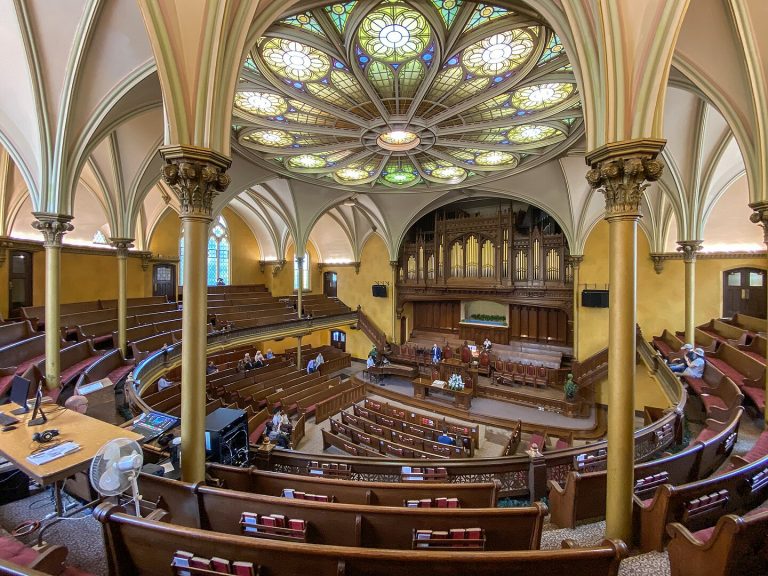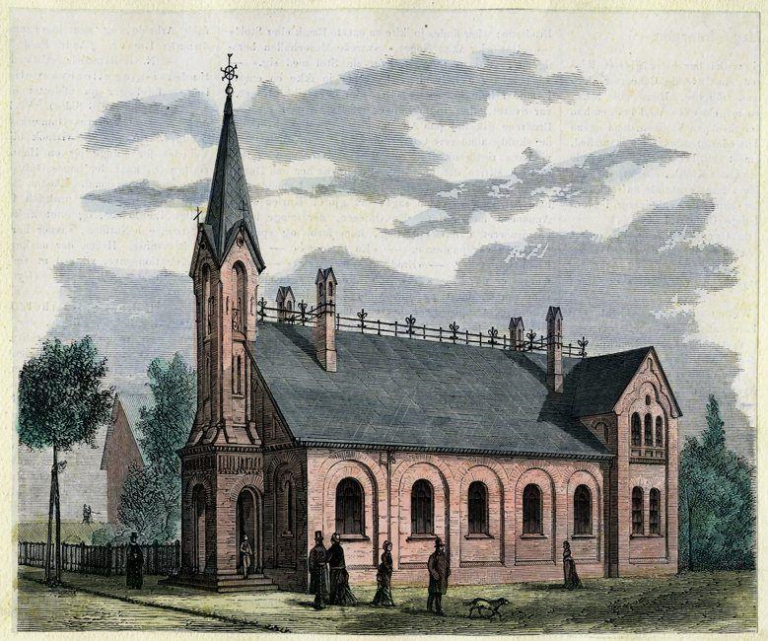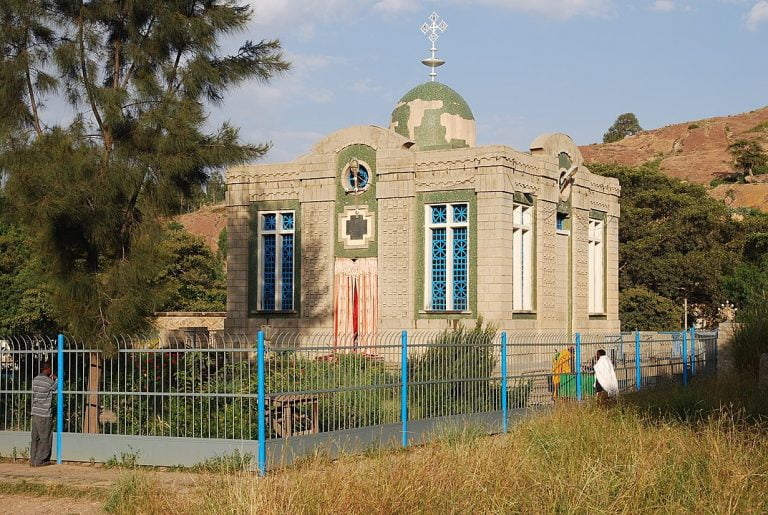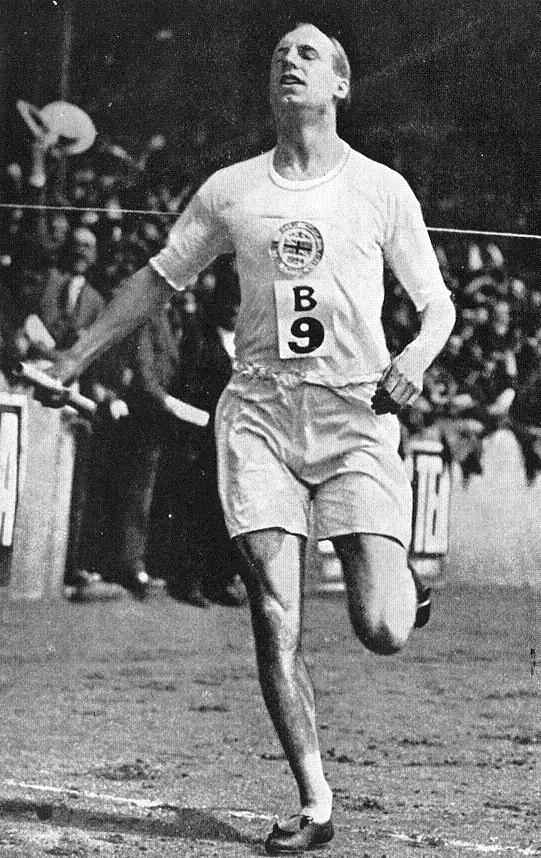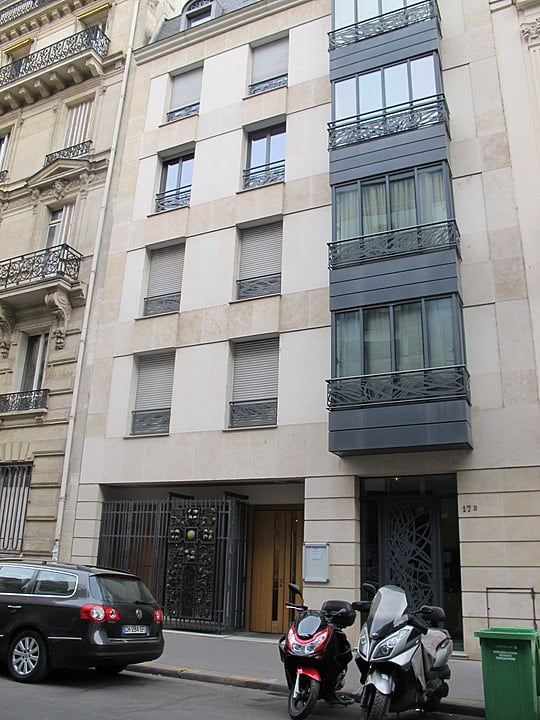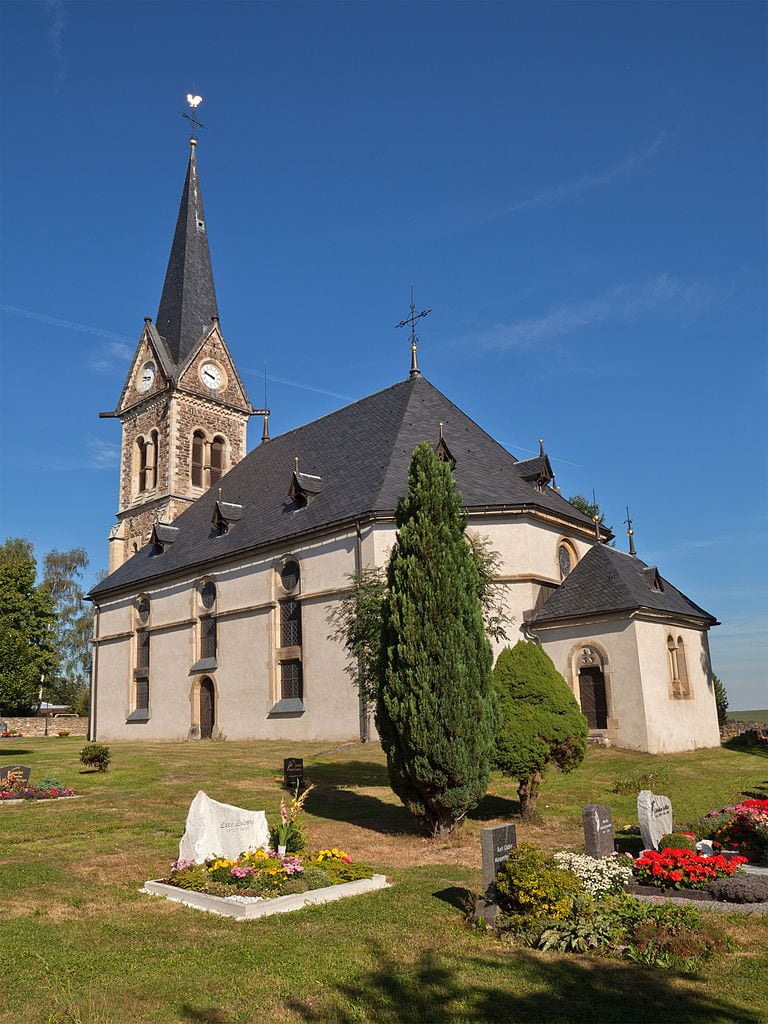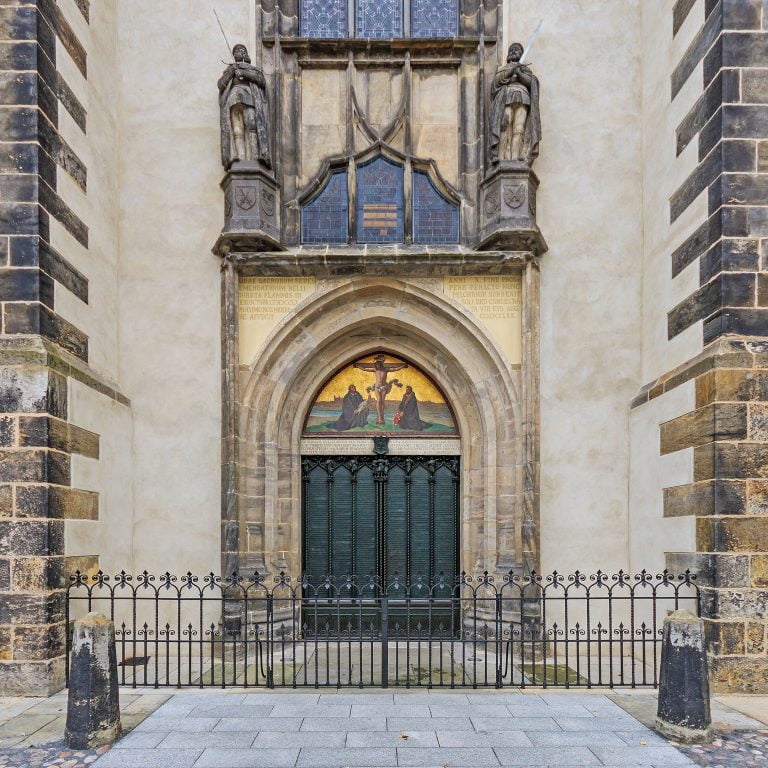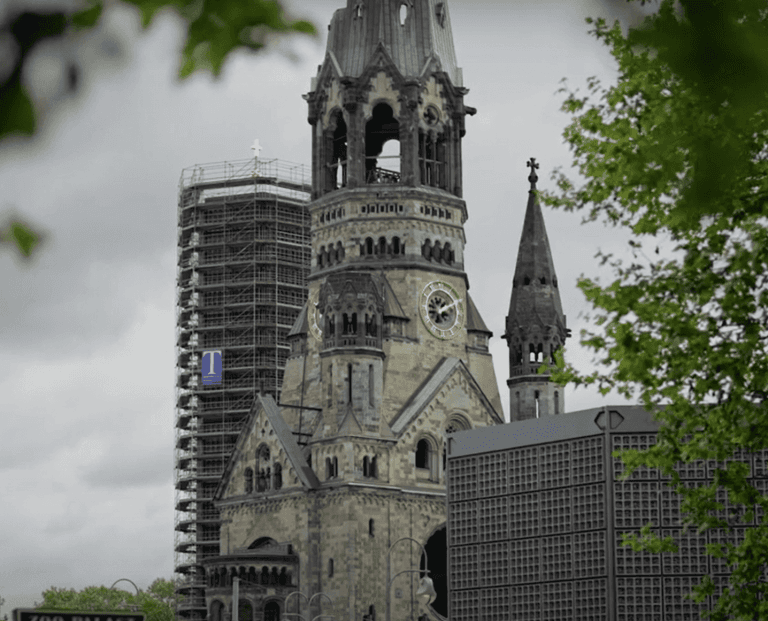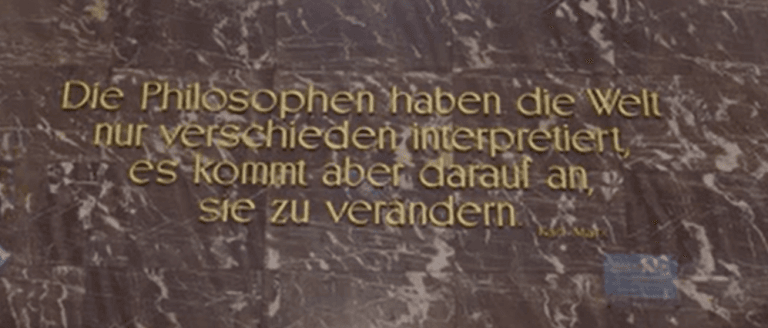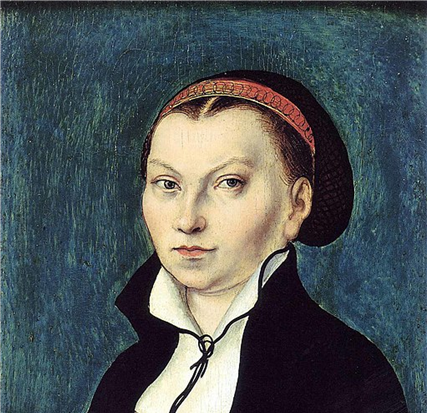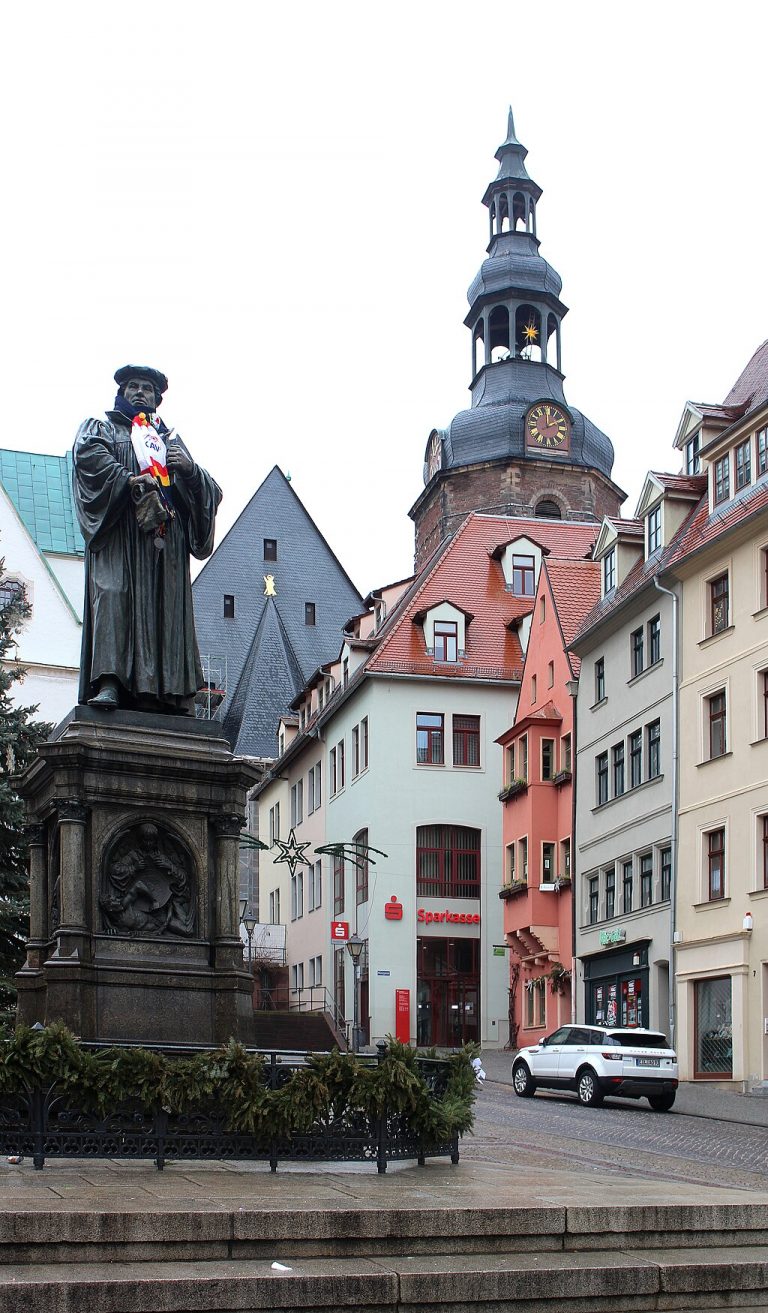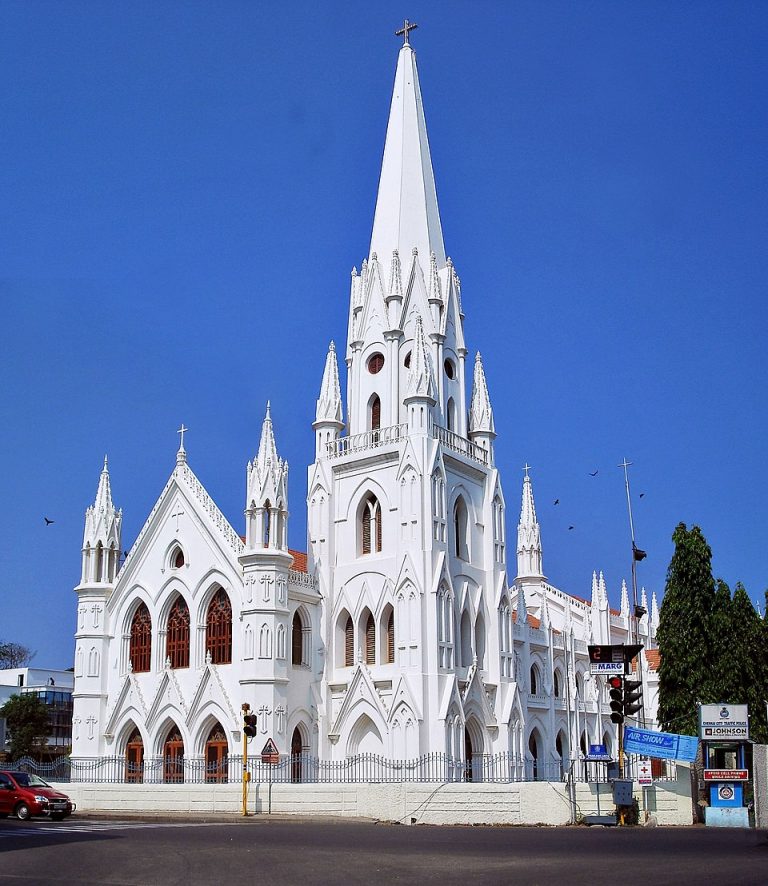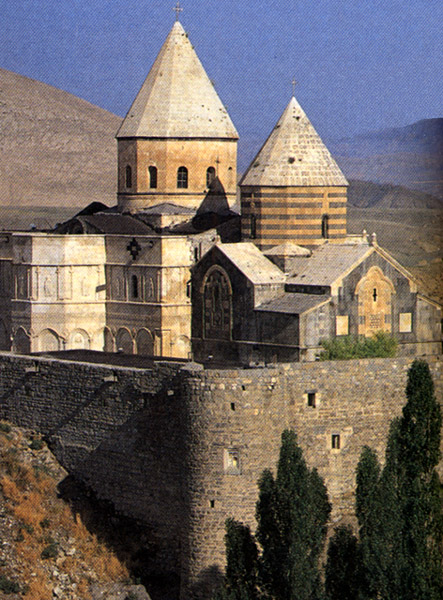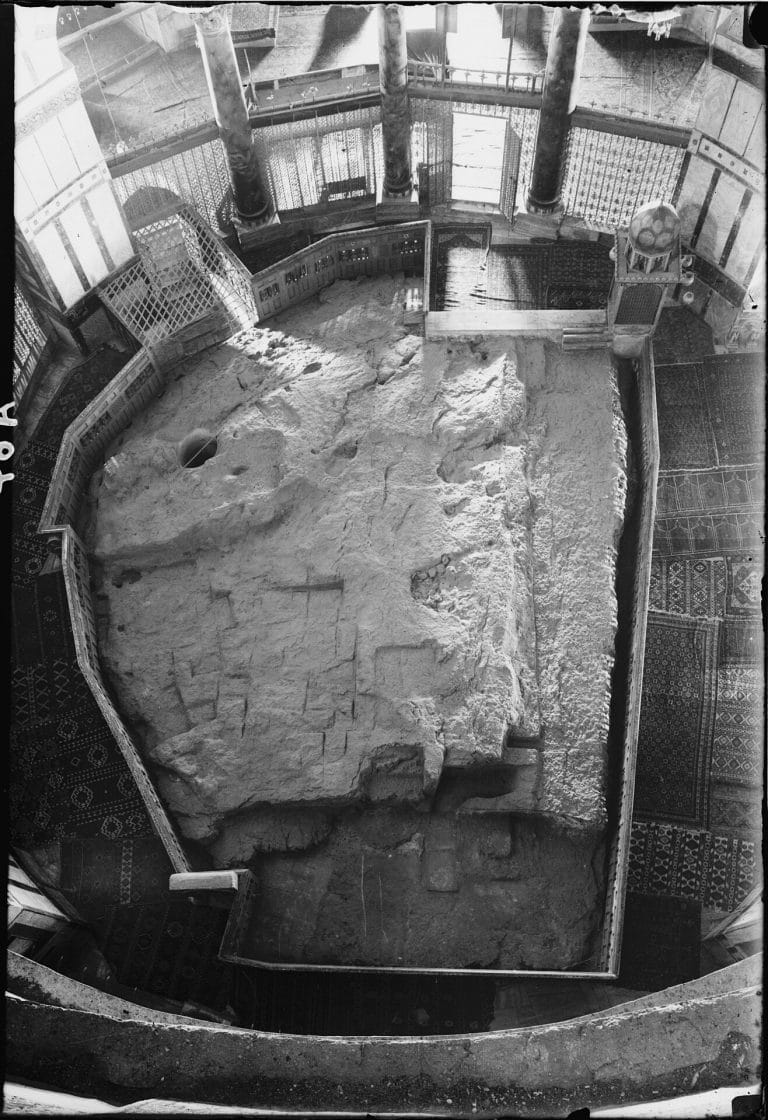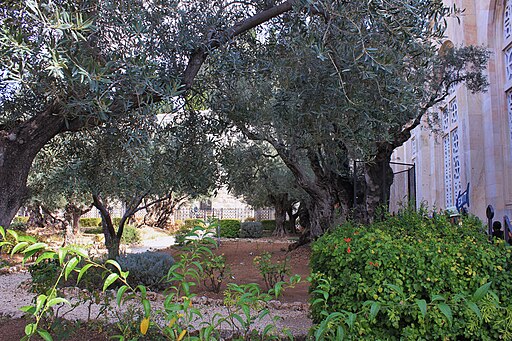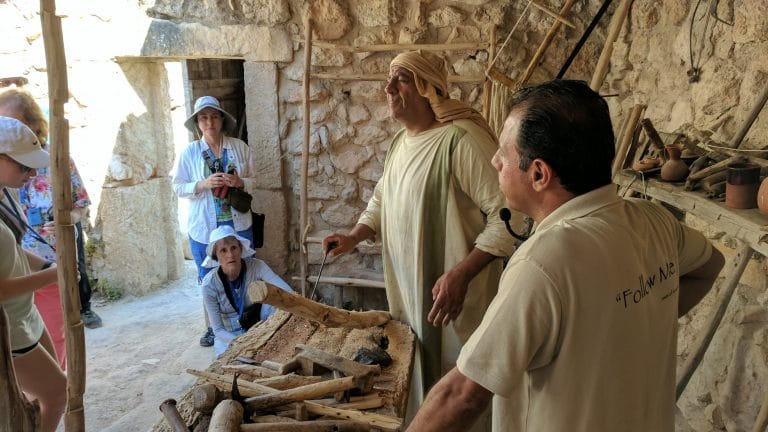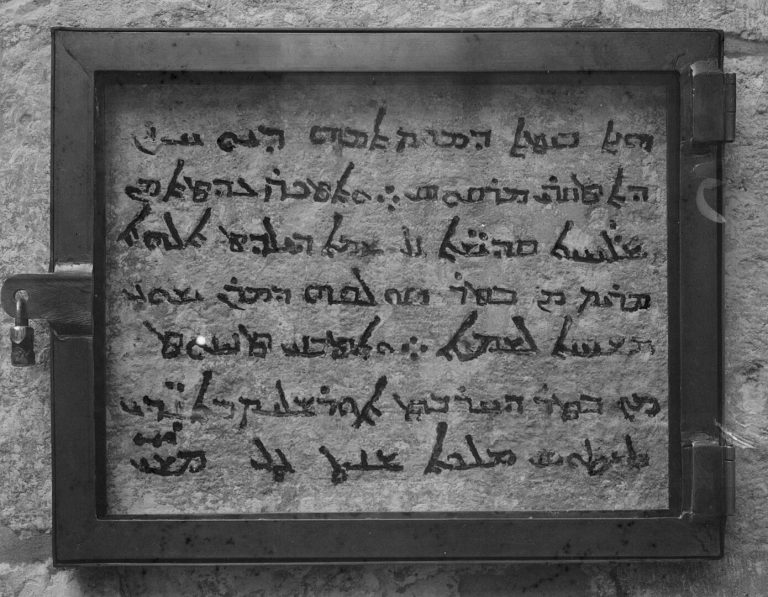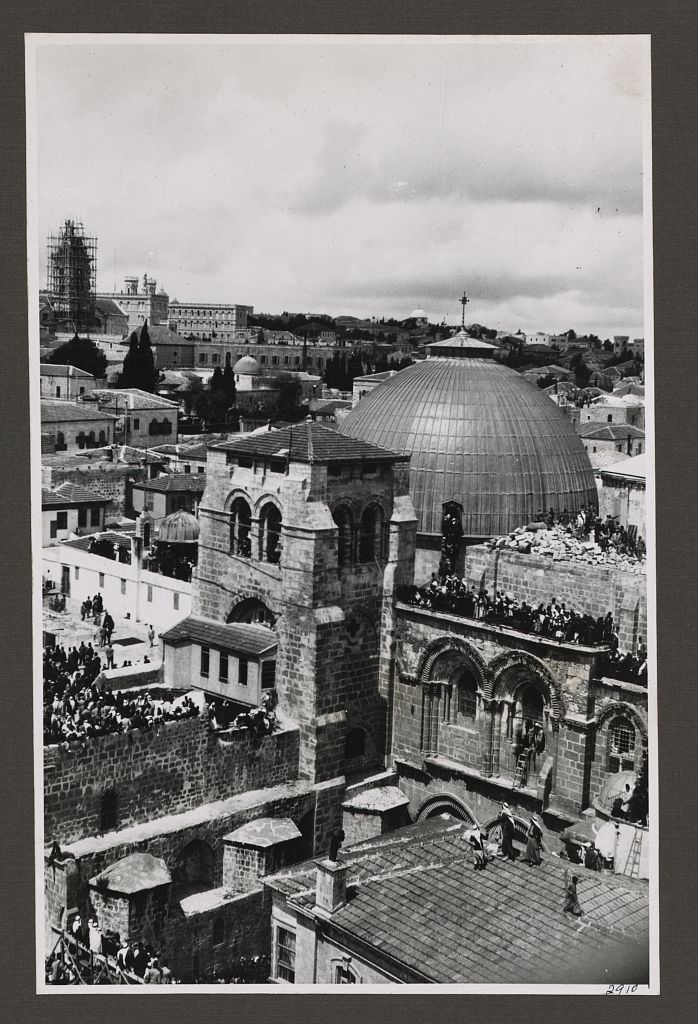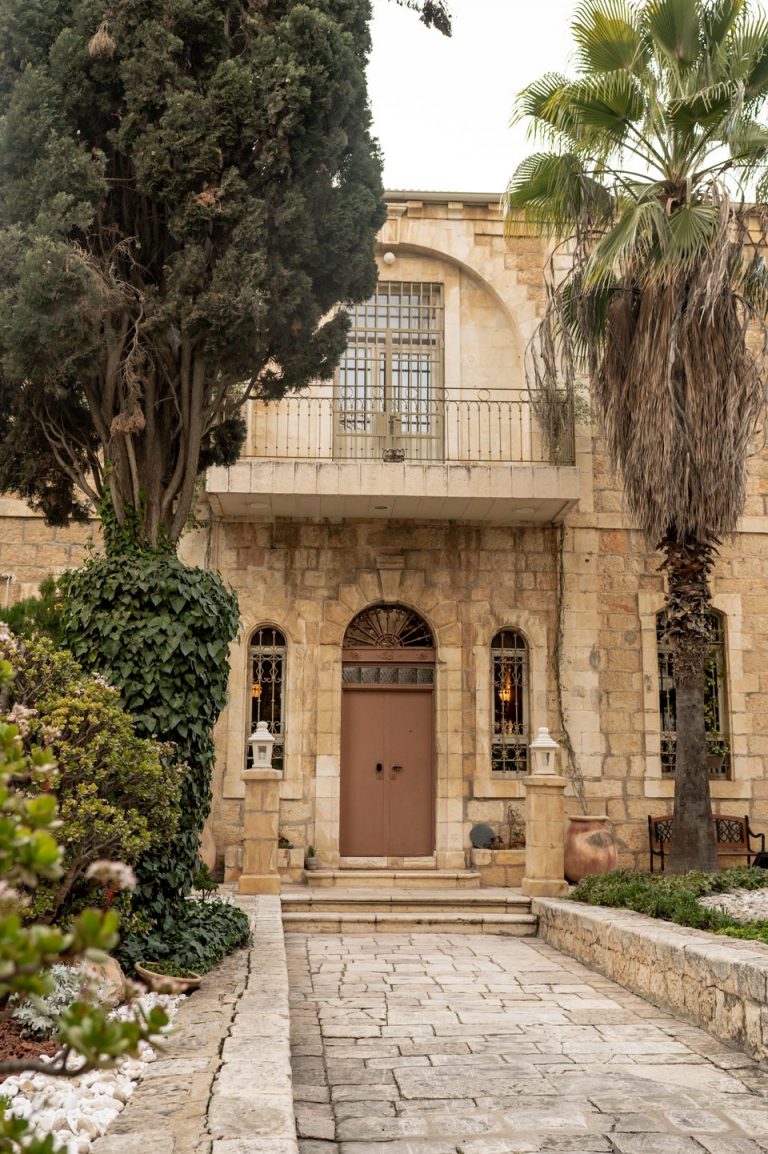Favorite
From The History and Heritage of Fundamentalism and Fundamental Baptists, Thomas Todhunter Shields (1873-1955) was born in England and grew up in Canada, the son of a pastor. He was converted in 1891 at age 18 and preached his first sermon three years later. He had no formal college or seminary education. He pastored four Baptist churches between 1894 and Read more...
Favorite
The only Free Lutheran Church in Copenhagen, started by Niels Pedersen Grunnet (1827-1897) From Christian Cyclopedia: (February 19, 1827–January 13, 1897). B. North Bjert, near Kolding, Den.; joined the Staerke jyder (Strong Jutlanders) movement formed ca. 1800 in opposition to rationalism; taught school at Hedensted and Egtved; soldier 1848; studied theol. at the school of the Basel* Miss. Soc. 1851–54; dismissed because of his refusal to embrace a compromising confessional Read more...
Favorite
From Wikipedia: St. Mary of Zion claims to contain the original Ark of the Covenant. Reportedly, the Ark was moved to the Chapel of the Tablet adjacent to the old church because a divine ‘heat’ from the Tablets had cracked the stones of its previous sanctum. Emperor Haile Selassie’s wife, Empress Menen, paid for the construction of the new chapel.[citation needed] According to Read more...
Favorite
From Wikipedia: The 1924 Summer Olympics were hosted by the city of Paris. A devout Christian, Liddell refused to run in a heat held on Sunday and was forced to withdraw from the 100-metre race, his best event. The schedule had been published several months earlier, and his decision was made well before the Games. Liddell spent the intervening months training for Read more...
Favorite
Eric Liddell was known as the “Flying Scotsman” even though he was born in China. Yet when the 100 meter Olympic qualifying rounds were announced for Sunday, July 6th, 1924, Eric knew he could not participate in the race he was considered the clear favorite. Instead, on Sunday, July 6th, Eric preached the Sunday morning sermon at The Scots Kirk Read more...
Favorite
In Europe, in the year 1700, Count Nikolaus Ludwig “Lewis” von Zinzendorf was born. He was a descendant of Maximillian I, who was the Holy Roman Emperor from 1493 to 1519. Zinzendorf’s father died when he was six weeks old, leaving him an estate in the area of Germany called Saxony. Raised by his pietist Lutheran grandmother, Zinzendorf became friends Read more...
Favorite
From Wikipedia: All Saints’ Church, commonly referred to as Schlosskirche (Castle Church) to distinguish it from the Stadtkirche (Town Church) of St. Mary’s – and sometimes known as the Reformation Memorial Church – is a Lutheran church in Wittenberg, Saxony-Anhalt, Germany. It is the site where, according to Philip Melanchthon, the Ninety-five Theses were posted by Martin Luther in 1517,[1] the act that has been called the start of the Protestant Reformation.[2][3] From 1883 onwards, the church was restored as Read more...
Favorite
Hi, I’m Pastor Lutzer, here in Berlin, standing in front of the Kaiser Wilhelm Church — the Kaiser Wilhelm Gedächtniskirche, which translates to the Church of Remembrance. Beside me is my nephew, Chris. You’ve never seen this church before, have you? No, but today we’re going to talk about it and explore the significance of the Kaiser era in Germany. Read more...
Favorite
Hi, I’m Pastor Lutzer, and I’m standing in the lobby of Berlin University — one of the greatest universities in the world, with an influence that has reached far and wide. This institution has produced philosophers like Hegel, as well as biblical scholars like Rudolf Bultmann, who challenged traditional interpretations of Scripture. Heinrich Heine was also here, along with someone Read more...
Favorite
From Wikipedia: Her father sent five-year-old von Bora to a Benedictine convent in Brehna in 1504 to be educated, according to a letter Laurentius Zoch sent to Martin Luther in 1531.[10] At the age of nine, she was moved to Nimbschen Abbey, Cistercian community named Marienthron (‘Mary’s Throne’) near Grimma, where her maternal aunt was a nun.[11] Von Bora’s presence is in the financial accounts of 1509/10.[12] After years of being a Read more...
Favorite
From Reformation Routes: With is mighty belfry, St. Andrew´s Church rises above the market square in a most impressive manner. It is not only a dominating feature in urban development, but it also belongs to the most significant Luther places in general. In the late Gothic pulpit, preserved almost unchanged, the Reformer gave the last sermons of his life. Martin Read more...
Favorite
From Wikipedia: San Thome Church, officially known as the National Shrine of St. Thomas Cathedral Basilica, is a church of the Catholic Church in India, at the Santhome neighbourhood of Chennai, in Tamil Nadu. It is the cathedral of the Archdiocese of Madras-Mylapore, and a minor basilica dedicated to Saint Thomas the Apostle. The present structure dates back to 1523 AD, when it was built by the Portuguese over the tomb of Thomas.[3] In 1896, Read more...
Favorite
From Wikipedia: According to the tradition of the Armenian Apostolic Church, Saint Thaddeus, also known as Saint Jude, evangelized the region of Armenia and Persia.[6] According to Moses of Khorenatsi, an Armenian historian writing in the 5th century, Thaddeus suffered martyrdom in Armenia under King Sanatruk,[7] and is revered as an apostle of the Armenian Church.[6] Legend holds that a church dedicated to him was first built on Read more...
Favorite
From Wikipedia: The Western Wall, Wailing Wall, or Kotel (Hebrew: הַכּוֹתֶל הַמַּעֲרָבִי),[1] known in Islam as the Buraq Wall (Arabic: Ḥā’iṭ al-Burāq حَائِط ٱلْبُرَاق Arabic pronunciation: [‘ħaːʔɪtˤ albʊ’raːq]),[2] is an ancient limestone wall in the Old City of Jerusalem. It is a relatively small segment of a far longer ancient retaining wall, known also in its entirety as the “Western Wall”.[3] The wall was originally erected as part of the expansion of the Second Jewish Temple begun by Herod Read more...
Favorite
Jimmy DeYoung interviews Jewish and Muslim scholars to determine where the Garden of Eden was. Was it at the Foundation Stone? Watch Return to Eden The Foundation Stone under the Dome of the Rock is considered by some: The site of the Garden of Eden The site of the altar where the animals were killed in substitution for Read more...
Favorite
From the plaque: Jesus went out with his disciples across the Kidron valley to a place where there was a garden, which he and his disciples entered. (Gospel of John 18:1) “Gethsemane, a place where the Savior prayed before the passion. It is at the foot of the Mount of Olives, and today the faithful eagerly go to pray Read more...
Favorite
From Organization Set on the outskirts of old Nazareth, the Nazareth Village is built on ancient agricultural land that boasts the area’s last remaining first-century wine press. The original farm has been restored with its ancient wine press, terraces, irrigation system and stone quarry, and exact replicas of first-century houses, a synagogue, a watchtower, mikveh and olive presses have been Read more...
Favorite
Traditional site of John Mark’s mother’s house, where Peter went after being released from prison: 12 And when he had considered the thing, he came to the house of Mary the mother of John, whose surname was Mark; where many were gathered together praying. 13 And as Peter knocked at the door of the gate, a damsel came to hearken, named Read more...
Favorite
The Church of the Holy Sepulcher is the traditional site of the death, burial, and resurrection of Jesus Christ. The primary alternative site, the Garden Tomb, is preferred by evangelicals for the atmosphere but possibly predates Jesus by 5-8 centuries (Matthew 25:28 says that the tomb was a new tomb built for Joseph of Arimathea). See discussion by FIRM, and Read more...
Favorite
Home to Bertha Spafford’s original Steinway piano. From the website: The house was built by an Arab family in 1890, one of the first homes built outside the Jerusalem old city walls near the Damascus Gate, during the Ottoman Turkish Empire. In 1905 it became part of the American Colony as the home of Bertha Spafford Vester, with her husband Read more...
